
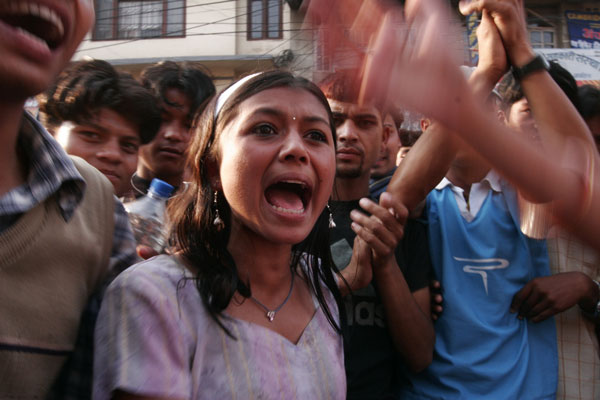 Photograph © NayanTara Gurung Kakshapati
Photograph © NayanTara Gurung Kakshapati
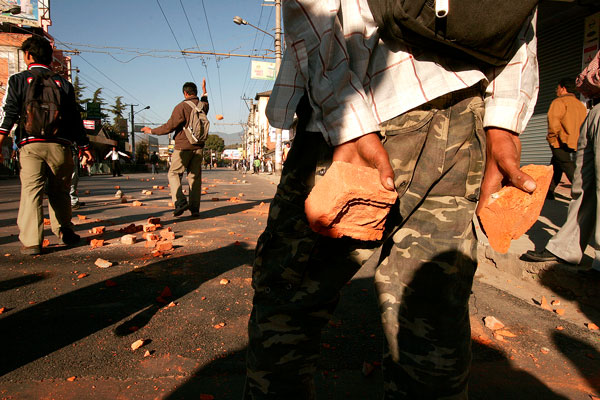
Photograph © NayanTara Gurung Kakshapati
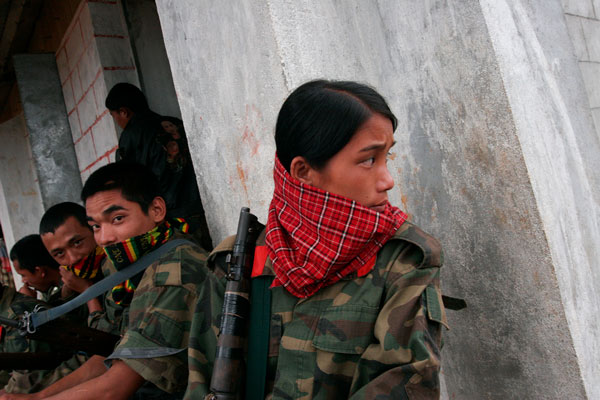
Photograph © NayanTara Gurung Kakshapati
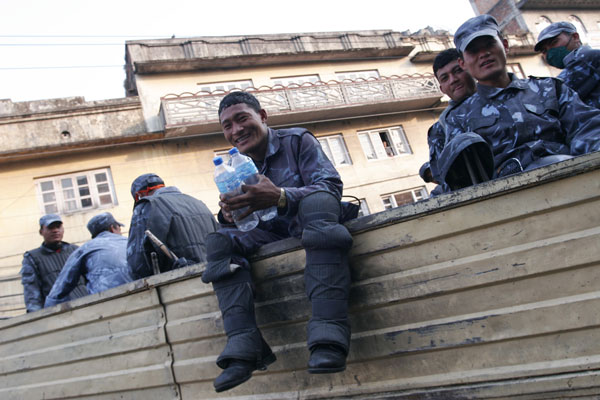
Photograph © NayanTara Gurung Kakshapati
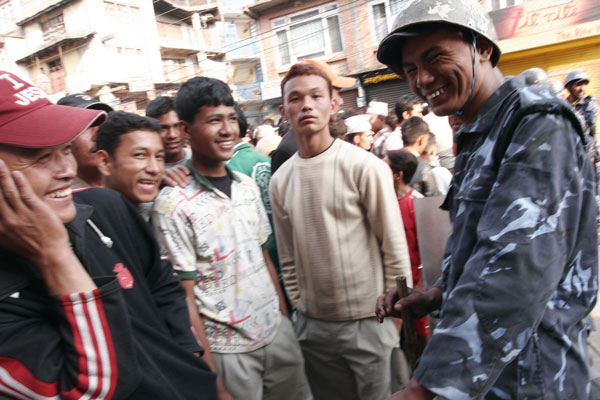
Photograph © NayanTara Gurung Kakshapati
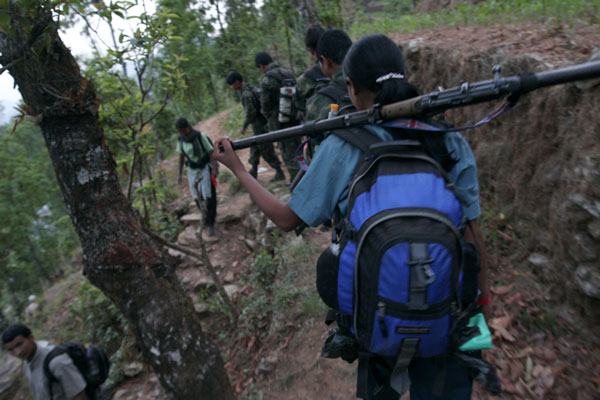
Photograph © NayanTara Gurung Kakshapati
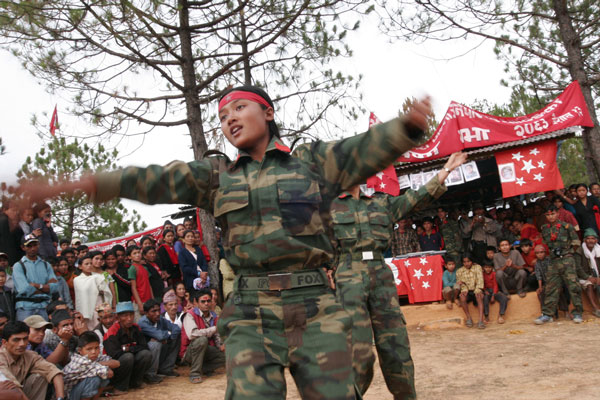
Photograph © NayanTara Gurung Kakshapati
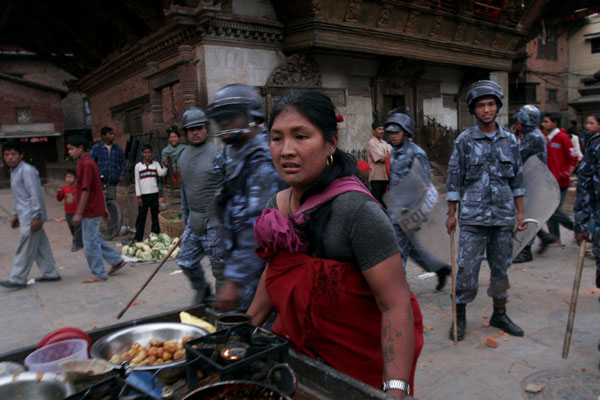
Photograph © NayanTara Gurung Kakshapati
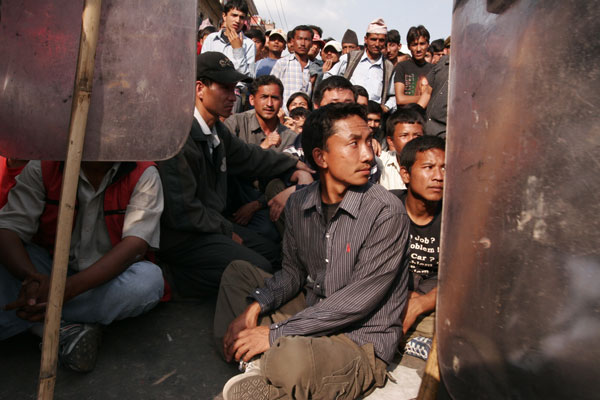
Photograph © NayanTara Gurung Kakshapati
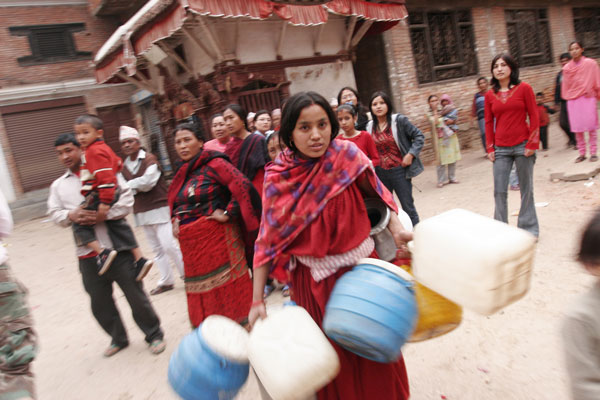
Photograph © NayanTara Gurung Kakshapati
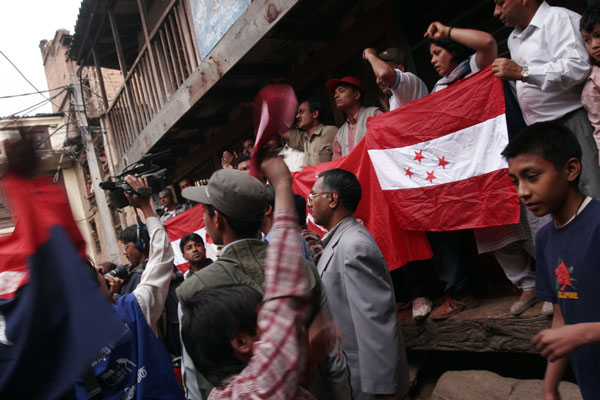
Photograph © NayanTara Gurung Kakshapati
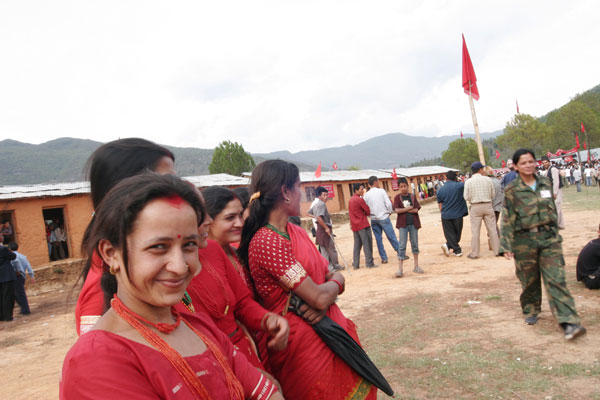
Photograph © NayanTara Gurung Kakshapati
These are some images I found in an old hard drive that I thought had died on me. They are from April 2006; the first month of my return home after being away to study for what felt like five very long years at the time. I had rushed back, eager to not miss the political and social churning that was unfolding, that would eventually lead to a reshaping of the political history of Nepal. After waging war with the state for 10 years, the Maoist party announced a final ceasefire in April 2006 and joined a popular people’s movement that eventually toppled the monarchy and paved way for a ‘New Nepal.’
Not too long after getting back, a journalist friend invited me to join him for an interview with a Maoist leader. I tagged along, totally unaware that instead of the 2-hour interview that he had said it would be, we had set off on a 2-day walkabout in the hills of Dhading that eventually culminated at a press conference above a village cowshed. Right there in that cramped room, the Maoist party announced the final ceasefire that ended the 10-year conflict.
The days and weeks that followed were electric. I kept meeting throngs of men and women, mostly just a bit older or younger, out in the hills and on the streets of Kathmandu, dodging teargas and batons, chanting slogans, singing and dancing. In the months and years preceding, many of them had taken up arms to fight for a more egalitarian future. What commitment. What desperation. What hope. I couldn’t take my eyes off them.
It had been a strong homecoming for me; I felt I was encountering people and places to whom I belonged. A history, and a future. And photography was a conduit. As I now look at these photographs from those euphoric days, I realize that in so many of them, the people I was looking at were looking right back at me. Were they looking at me? I was a young woman, walking around mostly solo, unattached to any packs of men with cameras. I felt I shared their dreams for an egalitarian future, but had made no contribution towards it as they had. Were they looking at the camera perhaps? An object that could open up a portal to the future that we shared hopes for? Those moments felt like exchanges. Here we are, they seem to be saying, look at us, here and now. I am glad the hard drive survived. These photographs are small records of the incredible sacrifice this generation has made. The least I must do is save them and share them.
Photography started out as an imperial project. In more recent times we have come to understand its democratic potential. In a series of essays titled Unlearning Decisive Moments of Photography, Ariella Azoulay argues that "photography can only challenge its imperial roots, if photographers pursue their profession out of affectionate proximity to their own community, and not as members of the international media…." Since that heady spring in 2006, I have been a part of the emergence of a community of local visual storytellers. Despite being ‘local,’ each of us navigate the politics of being insiders and outsiders every day, ponder on the real significance of power and how it impacts what Azoulay calls "photographic meanings" and the extraordinary possibility of a "civil contract."
There is a lot more to see, and a lot to do, but revisiting these photographs from April 2006, I feel a new sense of seeing, as well as a renewed sense of homecoming; a return to a certain impetus to make photographs, and save them, and continue to, as Azoulay suggests, "address and be addressed."
20 November